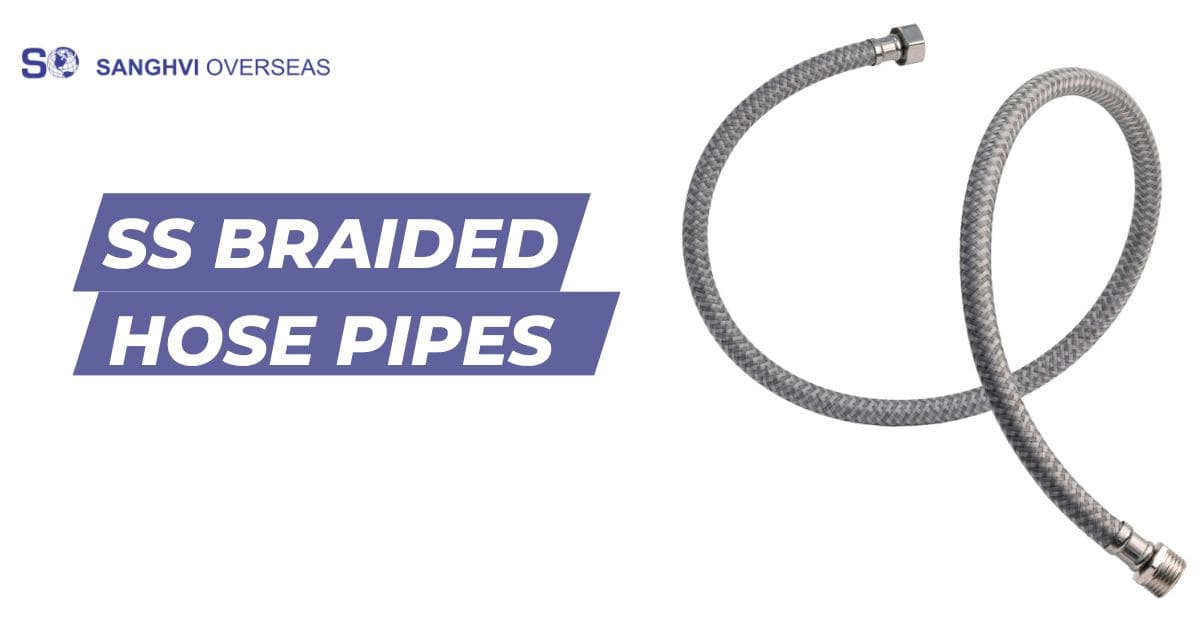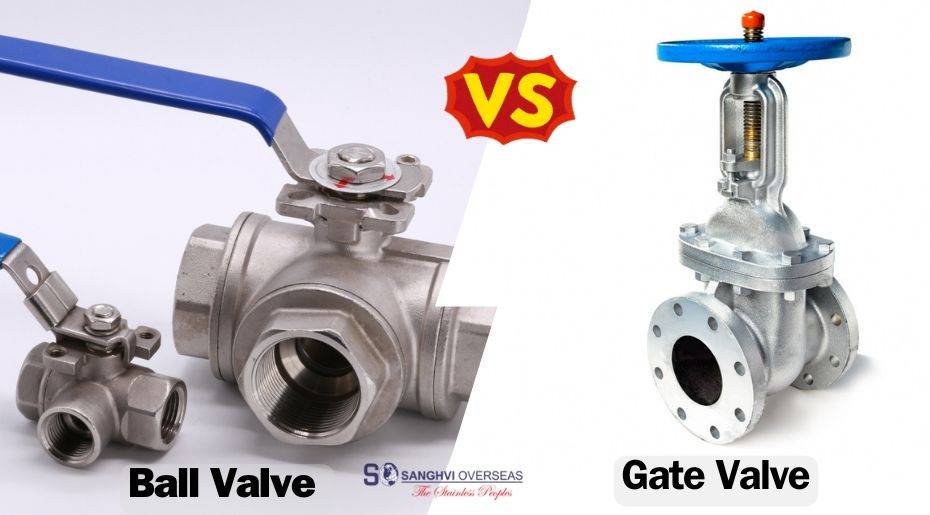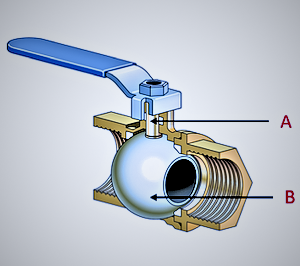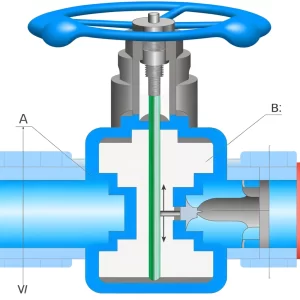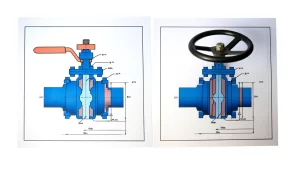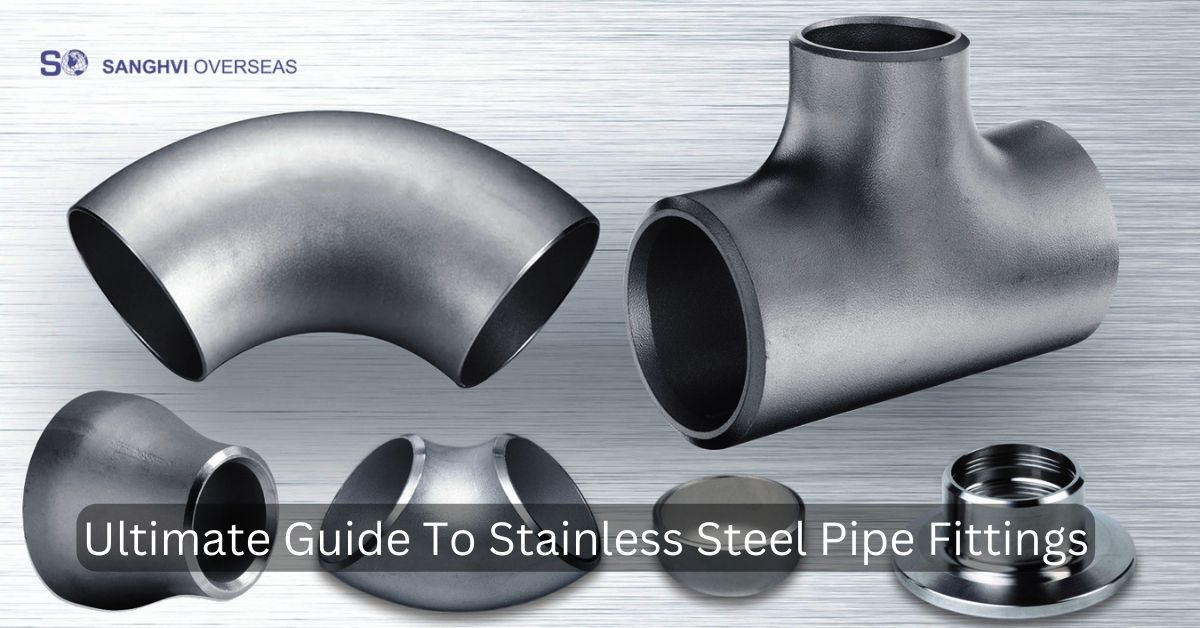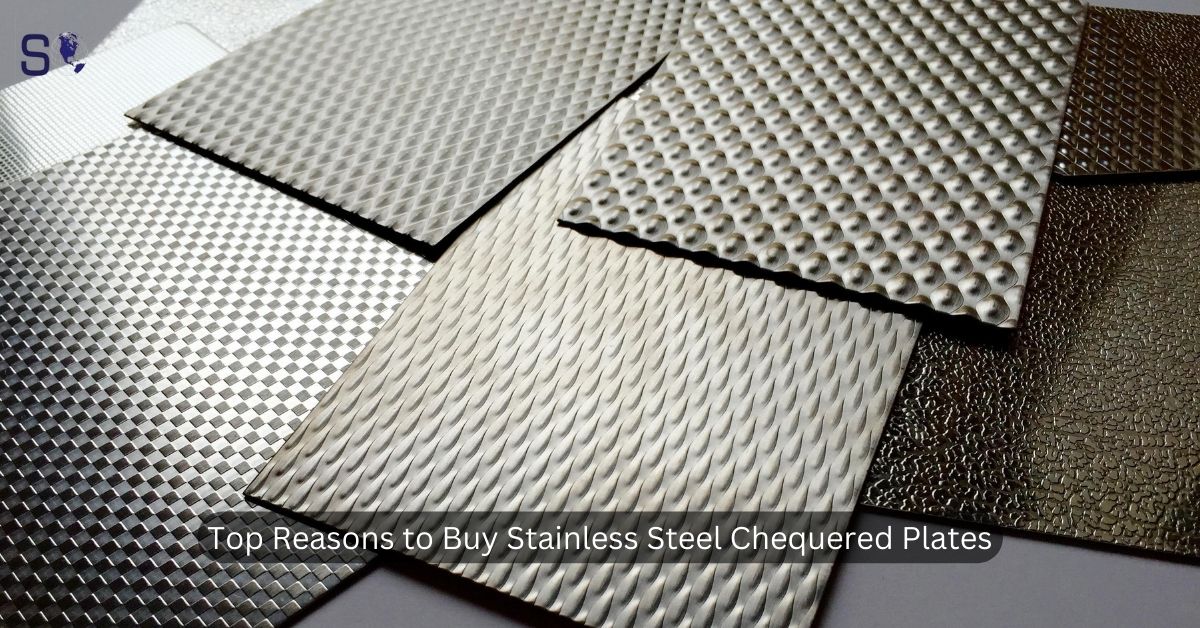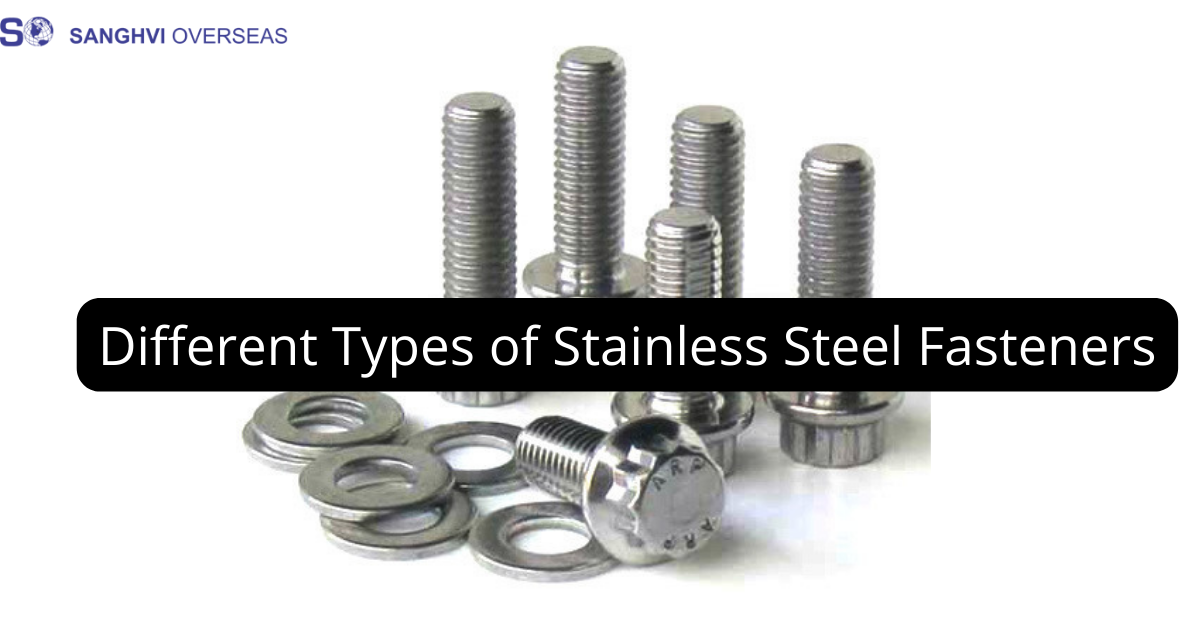Stainless steel 304 pipes are widely used in various applications, including food processing, chemical processing, and the oil and gas industry. These pipes are highly resistant to corrosion and offer exceptional durability, making them a popular choice in many industries.
However, there are still some misconceptions about these pipes that often lead to confusion among users. This blog post will address some of the most common misconceptions about stainless steel 304 pipes and provide accurate information to help you make informed decisions.
1: All Stainless Steel Pipes Are the Same
One of the most common misconceptions about stainless steel pipes is that they are all identical. However, this is far from the truth. Stainless steel pipes are available in grades 304, 316, and 321. Each grade has unique properties and characteristics that make it suitable for specific applications. For example, stainless steel 316 is commonly used in marine environments due to its high corrosion resistance, while stainless steel 321 is used in high-temperature applications. Therefore, choosing the right grade of stainless steel pipe for your specific application is important to ensure optimal performance and durability.
2: Stainless Steel Pipes Don’t Rust
While it’s true that stainless steel pipes are highly resistant to corrosion and rust, they are not entirely immune to these issues. Stainless steel 304 pipes can still rust if exposed to certain chemicals or environments that damage the protective oxide layer on the surface of the pipe. Therefore, choosing the right type of stainless steel and properly maintaining it is essential to avoid rust and corrosion.
3: Stainless Steel Pipes are Expensive
Another common misconception about stainless steel pipes is that they are expensive compared to other materials. While stainless steel pipes may have a higher initial cost, they offer significant long-term cost savings due to their durability and low maintenance requirements. Stainless steel pipes also have a longer lifespan than other materials. They don’t need to be replaced as frequently, leading to reduced costs over time.
4: Stainless Steel Pipes are Difficult to Weld
Stainless steel pipes are well-known for their excellent weldability. However, there is a common misconception that welding stainless steel is difficult. In reality, stainless steel is one of the easiest materials to weld, provided the right equipment and techniques are used. Proper preparation, cleaning, and shielding gas selection are essential to achieving high-quality welds with stainless steel pipes.
5: Stainless Steel Pipes Can’t Handle High Temperatures
Stainless steel 304 pipes can handle high temperatures without losing strength or structural integrity. These pipes have a maximum operating temperature of 870°C and can withstand temperatures as low as -196°C. Stainless steel 304 pipes are excellent for high-temperature applications such as heat exchangers, boilers, and furnace parts.
Conclusion:
In conclusion, stainless steel 304 pipes are a great choice for various applications, including food processing, chemical processing, and the oil and gas industry. However, some common misconceptions about these pipes still need to be addressed. By understanding the properties and characteristics of stainless steel pipes, you can choose the right grade for your specific application and ensure optimal performance and durability. Remember that stainless steel pipes are not entirely immune to corrosion and rust. It’s essential to properly maintain them to avoid these issues. Stainless steel pipes offer significant long-term cost savings due to their exceptional durability, low maintenance requirements, and long lifespan.


